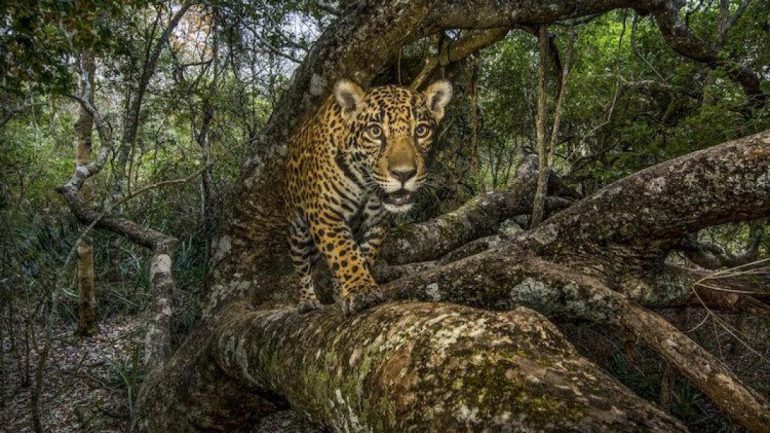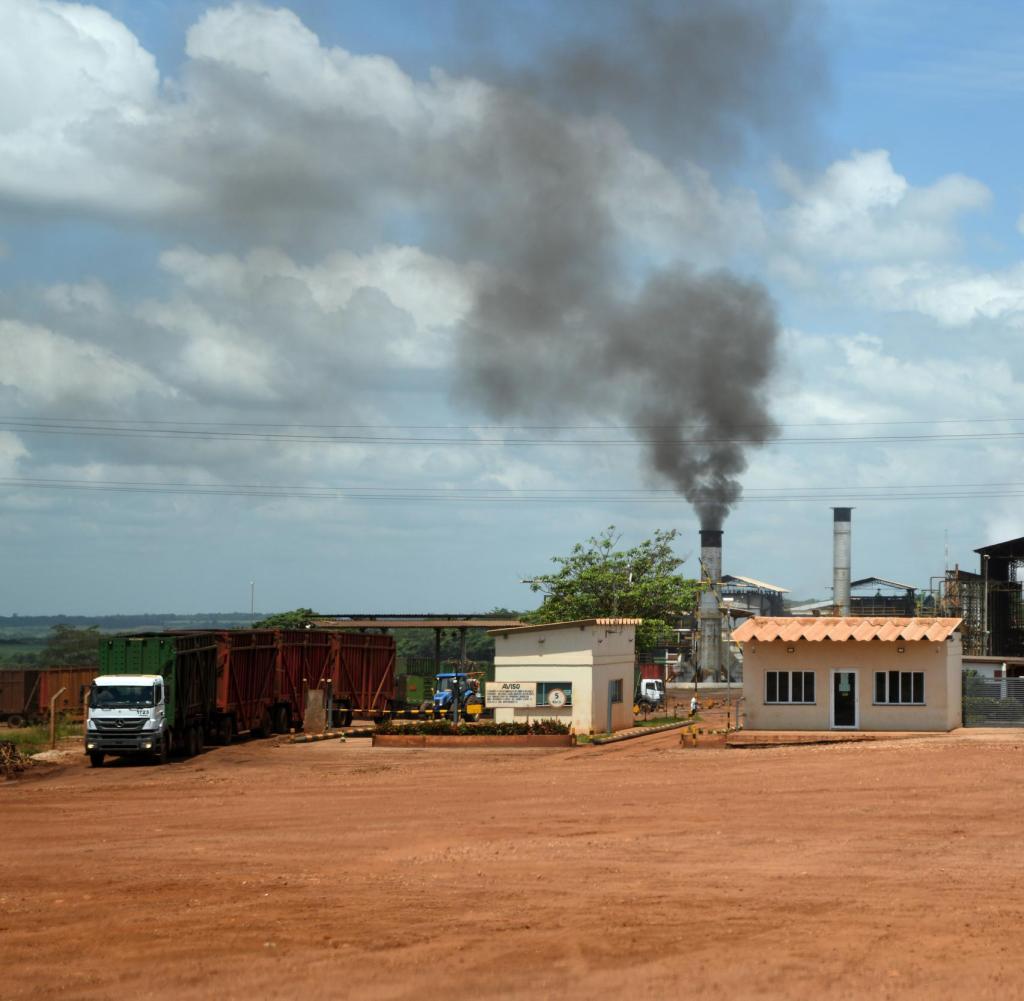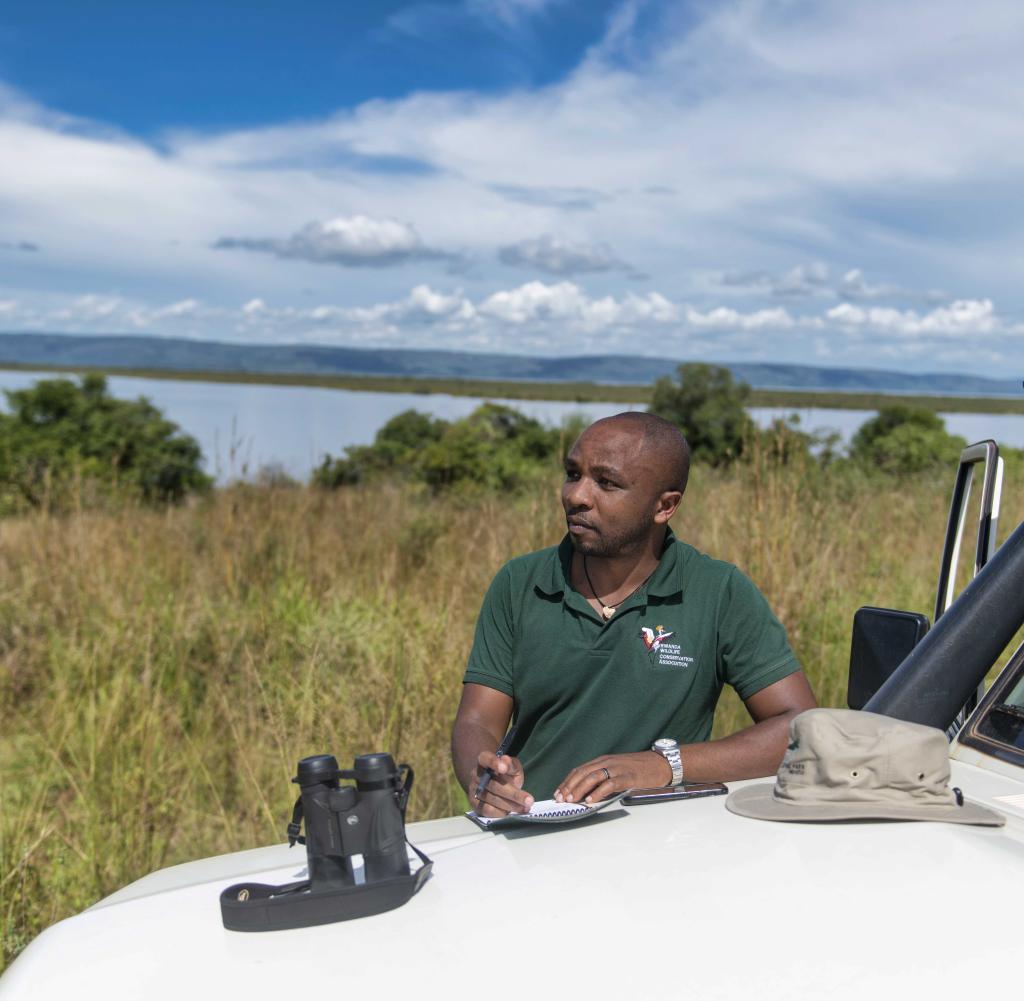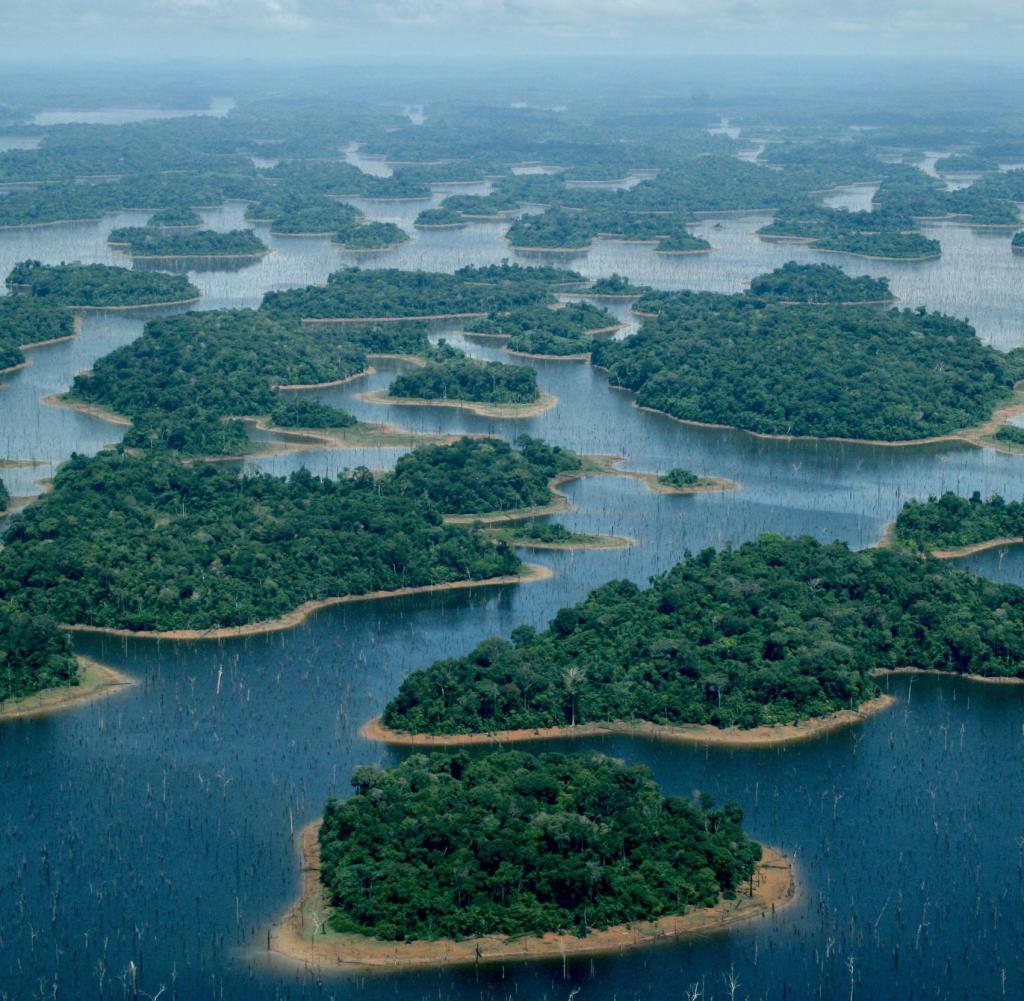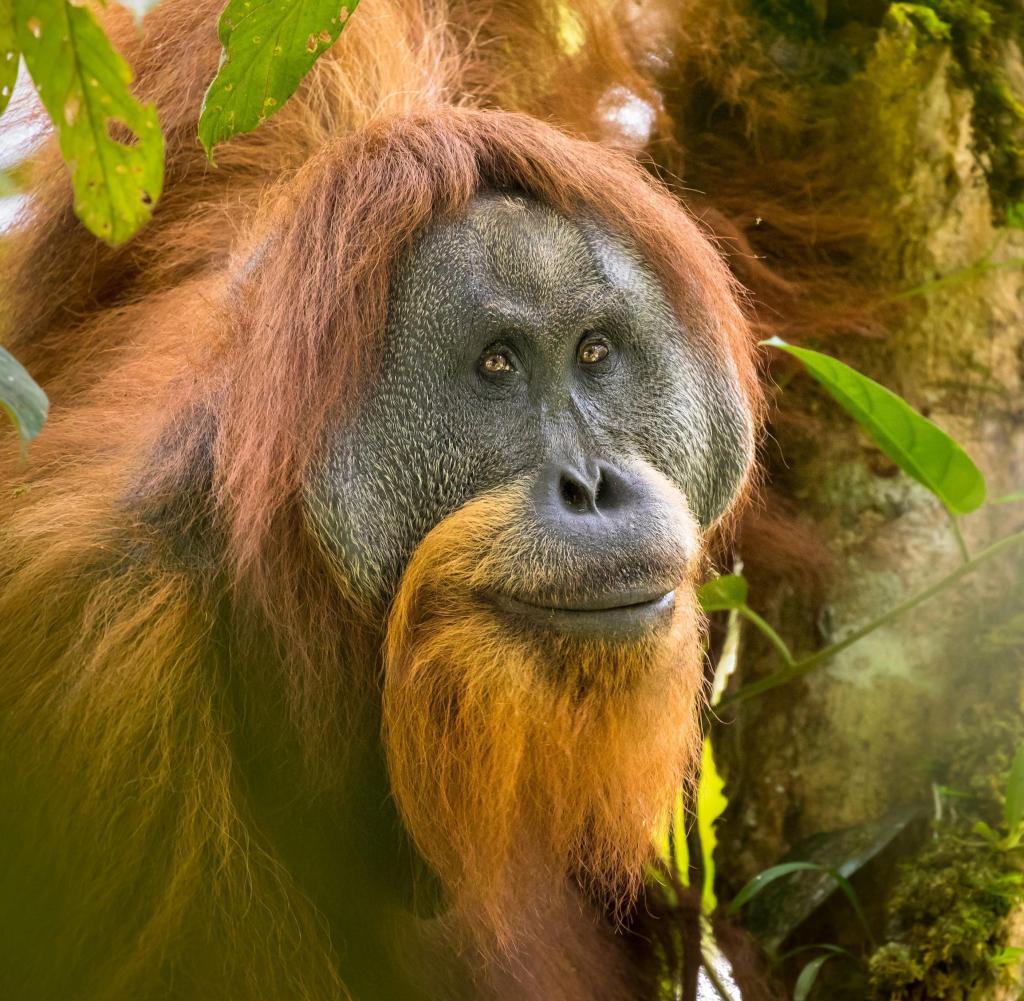New dams in India and Sumatra endanger tigers
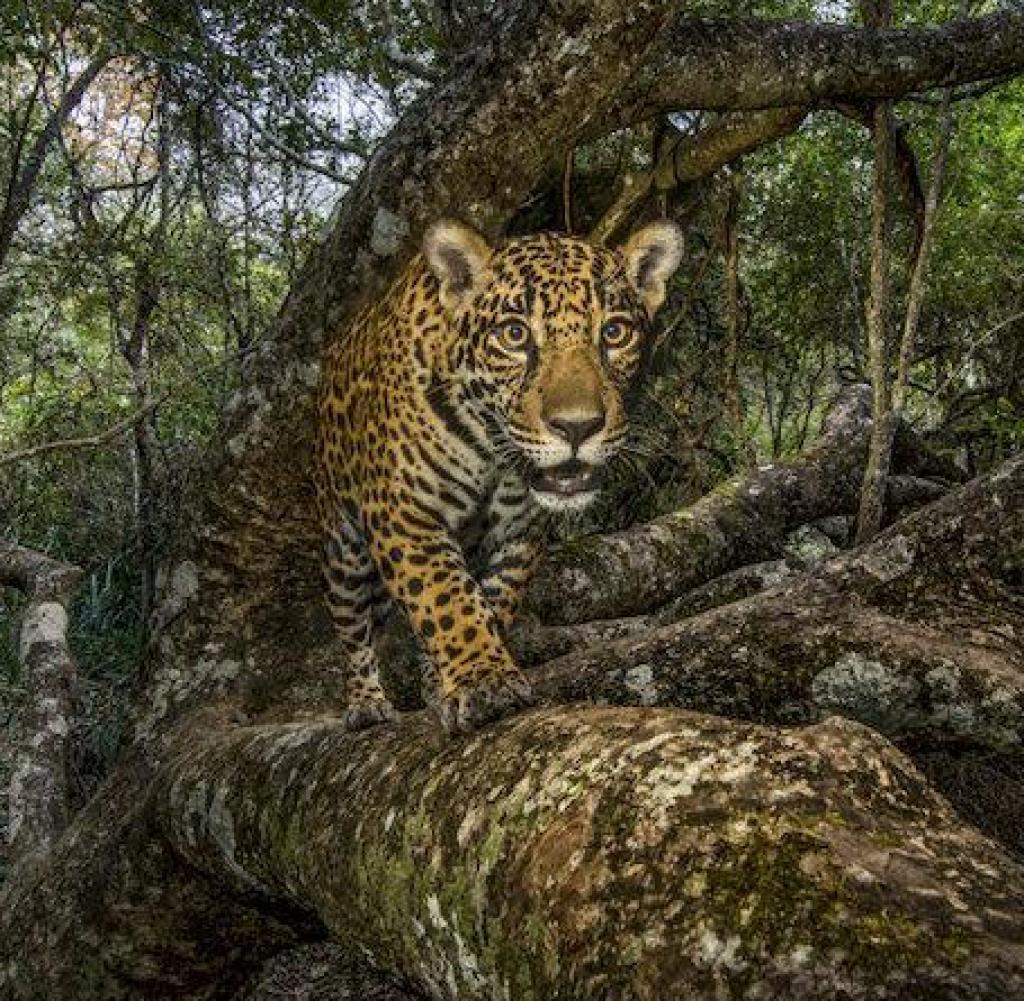
Threatened: 173,000 Jaguars in Central and South America
Quayle: Steve Winter/National Geographic
Asian tigers have been displaced from 93 percent of their original habitats over the past century. The construction of new dams threatens to rob their last refuges. According to one study, jaguars are hardly better off in South America.
DThe construction of hydroelectric plants in South and Southeast Asia as well as Central and South America threatens the habitats of tigers and jaguars. According to one study, there are already 164 reservoirs in the US spread over about 25,400 square kilometers where jaguars once lived. In addition, there are 429 planned dams, write Ana Filippa Palmirim and Luke Gibson from Southern University of Science and Technology in Shenzhen, China. In the journal “Communication Biology”, In South Asia, 41 dams are planned to house tigers.
Hydroelectricity is actually considered an environmentally friendly source of energy, but it is one of the world’s biggest causes of habitat destruction, write Palmerim and Gibson. There are currently about 3700 such systems being built with a capacity of over one megawatt – many of them especially in species-rich tropical regions. Flooded areas are lost to land creatures, but can only be used to a limited extent by freshwater inhabitants. In addition to the construction of dams and flooding large areas, infrastructure such as roads and settlements are often built in remote areas.
The research pair examined how dams affect two animal species: jaguars (Panthera onca) in Central and South America and tigers (Panthera tigris) in Asia. Both species are at the top of the respective food chain, require enormous amounts of space and are therefore particularly sensitive to the clippings of their habitats. “Our overarching goal is to identify key areas for both species and to weigh the relationship between energy development and conservation of biodiversity,” the team writes.
According to the analysis, the habitat of jaguars in Central and South America has generally halved in the past. With a total population of 173,000 animals, the species is considered “potentially endangered”. Tigers, on the other hand, have disappeared from 93 percent of their natural habitats in the last century. With 3200 to 3500 animals still living on the species, it is considered “critically endangered”.
164 current hydroelectric plants overlap jaguar habitats, researchers report. A total of 25,400 square kilometers of his residence were flooded. At present there are 421 reservoirs in the habitat of tigers. Of these, 282 – the vast majority in India – belong to areas where tigers still live. In other regions, the big cats may have already gone extinct. Overall, current systems affect only 0.5 percent of the jaguar population, but about a quarter (21 to 23 percent) of the tiger population.
In Brazil, 3200 square kilometers of virgin forest fell victim to Balbina Damu
He: EM twenty five
Of the 41 planned systems in original tiger habitats, 33 are in areas where the animals are still living. These include parts of Bhutan and Nepal, as well as the island of Sumatra, which belongs to Indonesia. Two dams are planned in the north of Sumatra near Gunung Leuser National Park: this is where the Sumatran tiger subspecies lives, which is considered “critically endangered”. In central India too, Palmerim and Gibson see tiger populations as particularly endangered.
There are 429 reservoirs planned in the Jaguar region, most of which are in Brazil. In general, the flooded areas in the Americas are much larger than in Asia. The team fears that jaguars may disappear altogether in some areas, such as the Mata Atlantica in eastern Brazil – the Atlantic rainforest – or the Pantanal wetlands in the country’s southwest.
“Although jaguars and tigers are primarily threatened by poaching and habitat loss, we show here that the development of hydroelectric plants is a significant driver of such habitat loss,” emphasizes the team. In South America, such systems should not be built exclusively in flat areas, they warn. And planned dams in important tiger habitats should be abandoned. In theory, experts in ecology should be involved in planning such projects.

Web guru. Amateur thinker. Unapologetic problem solver. Zombie expert. Hipster-friendly travel geek. Social mediaholic.

